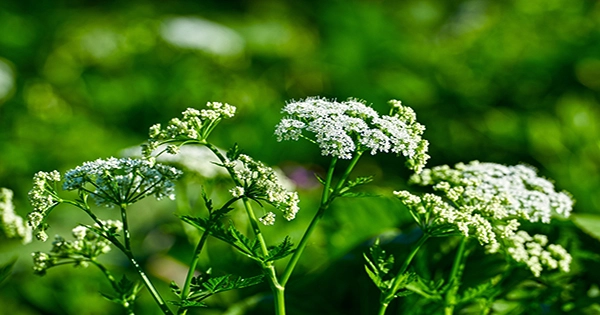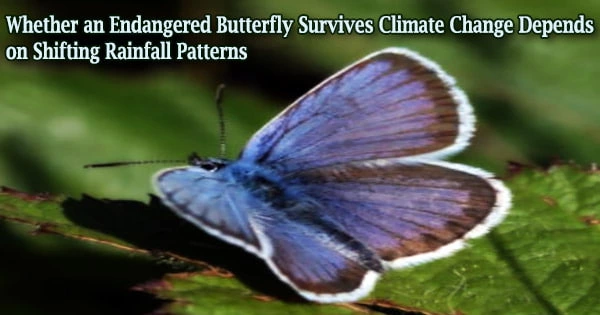For the first time in North America, a dangerous plant disease has been discovered. It’s the first time this phytoplasma illness has been detected on the continent, and it’s the first time it’s been observed in this host plant, according to Plant Health Progress, posing a new threat to commercial and decorative crops. Candidatus Phytoplasma brasiliense, a parasite found in three samples of yellow nutsedge (Cyperus esculentus), a prevalent and quickly spreading weed in Florida, has been identified.
In a statement, Brian Bahder, assistant professor of entomology at the University of Florida Institute of Food and Agricultural Sciences Fort Lauderdale Research and Education Center, said, “The disease’s host is renowned as one of the most prevalent and troublesome weeds found anywhere.” “It’s one of the most invasive weeds found in lawns, residential landscapes, vegetable and flower gardens, and agricultural systems,” says the author. If the phytoplasma spreads as quickly as its host, this might signal disaster for flowers, fruits, vegetables, and other crops.
Phytoplasma are bacterial plant parasites that may reprogram the growth of their hosts and cause enormous alterations in plant design. They are spread mostly by insects. They can turn infected plants into “zombies” that take over a host plant and make it infertile before converting it into a reservoir of phytoplasma diseases and insect vectors — if that sounds a little “horror flick” to you, you’re right. Some phytoplasma, for example, can make a plant develop leaves instead of flowers. This attracts insects, who nibble on the delectable leaves before moving on to the next (healthier) plant, carrying the phytoplasma with them.
There are several phytoplasma species, each with its own set of symptoms in plants, ranging from stunted growth and greening petals to profuse production of shoots and branches (witches’ broom) and the aforementioned phyllody (the formation of leaves rather than flowers). Ca. P. brasiliense is a phytoplasma species that was previously only discovered in South America and the Middle East. In regions of Brazil and Peru, it has been found to affect hibiscus, papaya, and cauliflower, as well as peaches in Azerbaijan.
Yellow nutsedge may now be added to the list in Fort Pierce, Florida. Bahder and his colleagues came upon this new finding while researching a different plant disease, deadly bronzing, which is also caused by a phytoplasma. Lethal bronzing is a phytoplasma disease that damages palm trees and is spread by insects, like other phytoplasma diseases. The researchers looked at grasses that are known to harbor fatal bronzing-carrying insects in the hopes of discovering a reservoir for the disease. Yellow nutsedge was one of the three weed species examined, and three specimens tested positive for phytoplasma.
“We believed we had discovered deadly bronzing in one of the grasses, so we genetically sequenced the sample,” Bahder explained. “The findings proved that it wasn’t fatal bronzing, but rather another phytoplasma.” Ca. P. brasiliense had been discovered for the first time in North America by the researchers. The discovery of a novel phytoplasma in one of the most noxious and widely distributed weeds in the United States “poses a unique threat to the ornamental and agricultural sectors in south Florida,” the authors write in their paper, recommending an “area-wide survey for the phytoplasma and potential vectors.”
“The next obvious step, according to Bahder, is to figure out which insect is transmitting the illness. “The good news is that we were able to catch this early on. We don’t know if this is a one-off occurrence or if the insect is spreading through the grass, or if it will feed on Florida’s commercially crucial papaya, hibiscus, or cauliflower. The point is that we have no idea how widespread this disease is in Florida or how dangerous it is.”
















